Cholesterol often gets a bad reputation, but it’s an essential substance that your body needs to function properly. The key lies in understanding the different types of cholesterol and maintaining a healthy balance. Too much of the wrong kind can lead to serious health issues, while the right amount of good cholesterol supports vital body functions.
What is Cholesterol?
Cholesterol is a waxy, fat-like substance found in your blood. It’s produced by your liver and also obtained through certain foods. Your body uses cholesterol to build cells, produce hormones, and aid digestion.
Types of Cholesterol
- LDL (Low-Density Lipoprotein) – “Bad” Cholesterol
High levels of LDL can lead to plaque buildup in your arteries, increasing the risk of heart disease and stroke. - HDL (High-Density Lipoprotein) – “Good” Cholesterol
HDL helps remove excess cholesterol from the bloodstream and carries it back to the liver for disposal. - Triglycerides
These are another type of fat in the blood. High levels, especially when combined with high LDL or low HDL, raise your risk of heart disease.
Why Cholesterol Matters
Maintaining a proper cholesterol balance is essential because:
High LDL cholesterol can clog arteries and lead to atherosclerosis, heart attacks, and strokes.
Low HDL cholesterol reduces the body’s ability to eliminate excess cholesterol.
Healthy levels of cholesterol support brain function, hormone production, and cell membrane integrity.
Symptoms of High Cholesterol
High cholesterol often has no symptoms, which is why regular screening is important. In some cases, it’s discovered only after a serious event like a heart attack.
Causes of Unhealthy Cholesterol Levels
Poor diet (especially trans fats, saturated fats, and processed foods)
Lack of physical activity
Smoking and alcohol use
Obesity
Genetics or family history of high cholesterol
How to Maintain Healthy Cholesterol Levels
- Eat a Heart-Healthy Diet
Choose foods rich in fiber, like oats, fruits, and vegetables.
Avoid trans fats and limit saturated fats.
Use healthy fats like olive oil or avocado.
- Exercise Regularly
Aim for at least 30 minutes of physical activity most days of the week.
- Quit Smoking
Improves HDL cholesterol and heart health overall.
- Limit Alcohol
Excess alcohol can raise triglyceride levels.
- Get Regular Checkups
Blood tests can help monitor cholesterol levels and guide lifestyle changes or medication.
Conclusion
Cholesterol plays a crucial role in your health, but balance is the key. Understanding the difference between good and bad cholesterol can help you make smarter choices to protect your heart and overall well-being. By adopting a healthy lifestyle and staying proactive, you can keep your cholesterol in check and live a longer, healthier life.
Relax Your Mind with Flutter Bees
After learning about cholesterol and heart health, take a moment to unwind with Flutter Bees—a stress-relief clicker and bee hive defense game! Tapping to complete challenges and watching your score rise is a fun and mindful way to relax. Great for a short break or a daily wind-down!
Check it out here: Flutter Bees

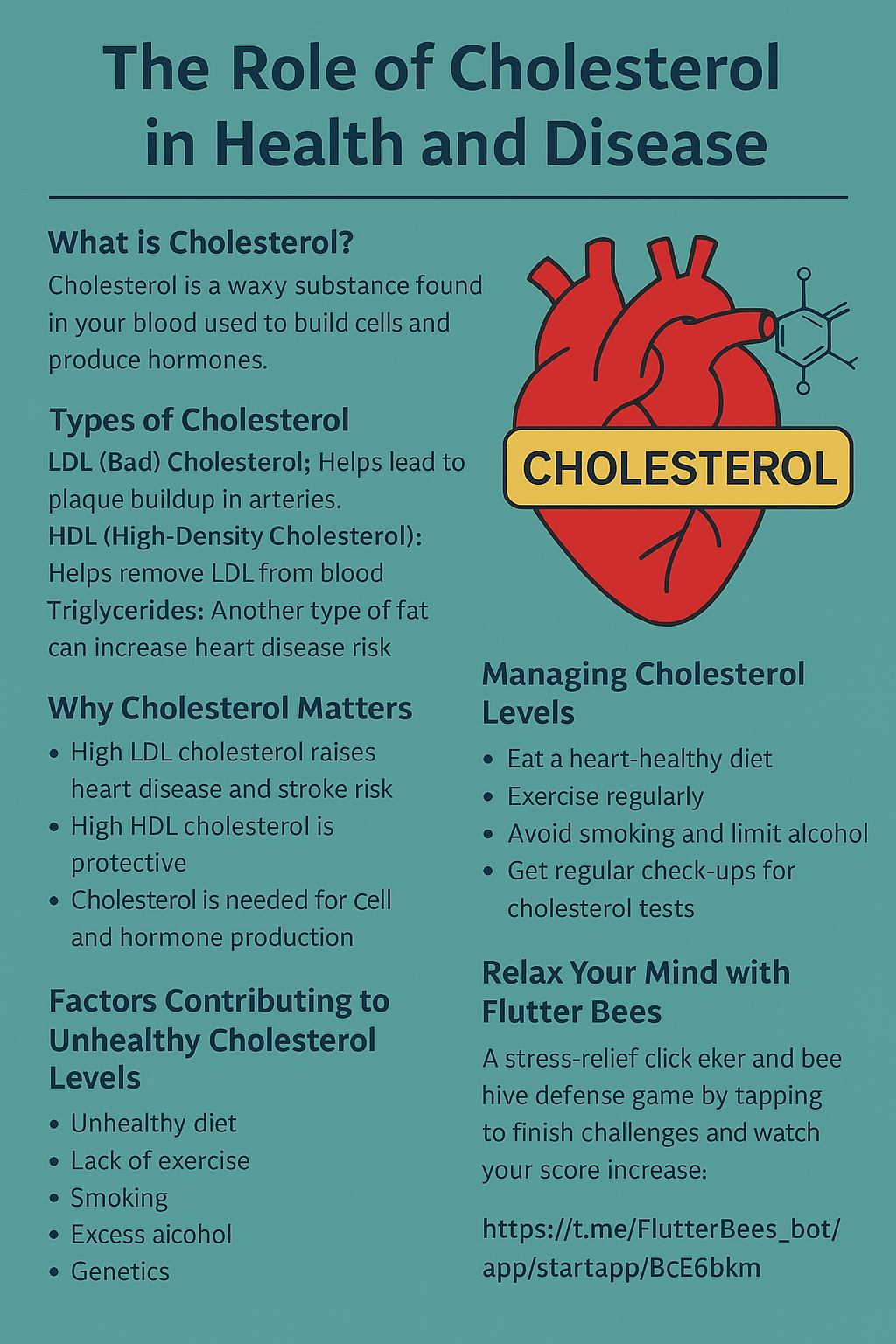
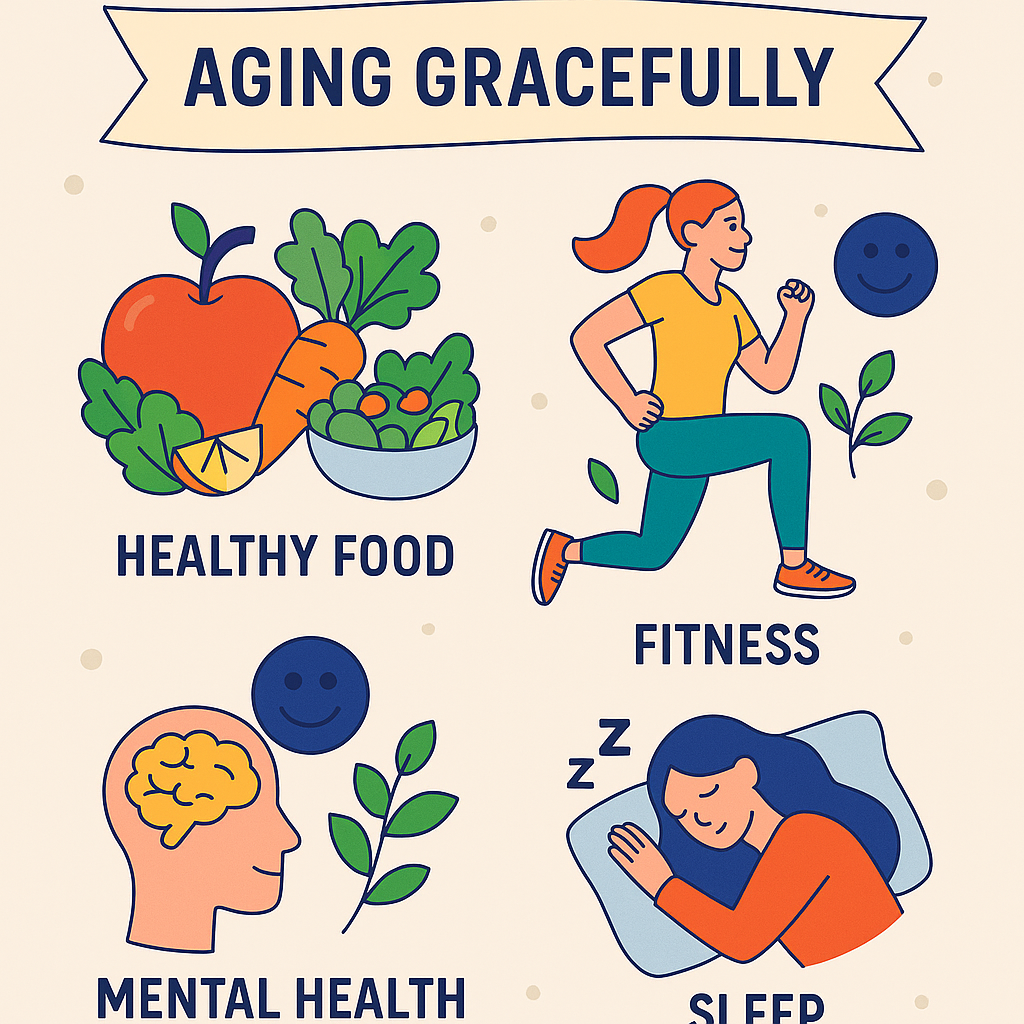

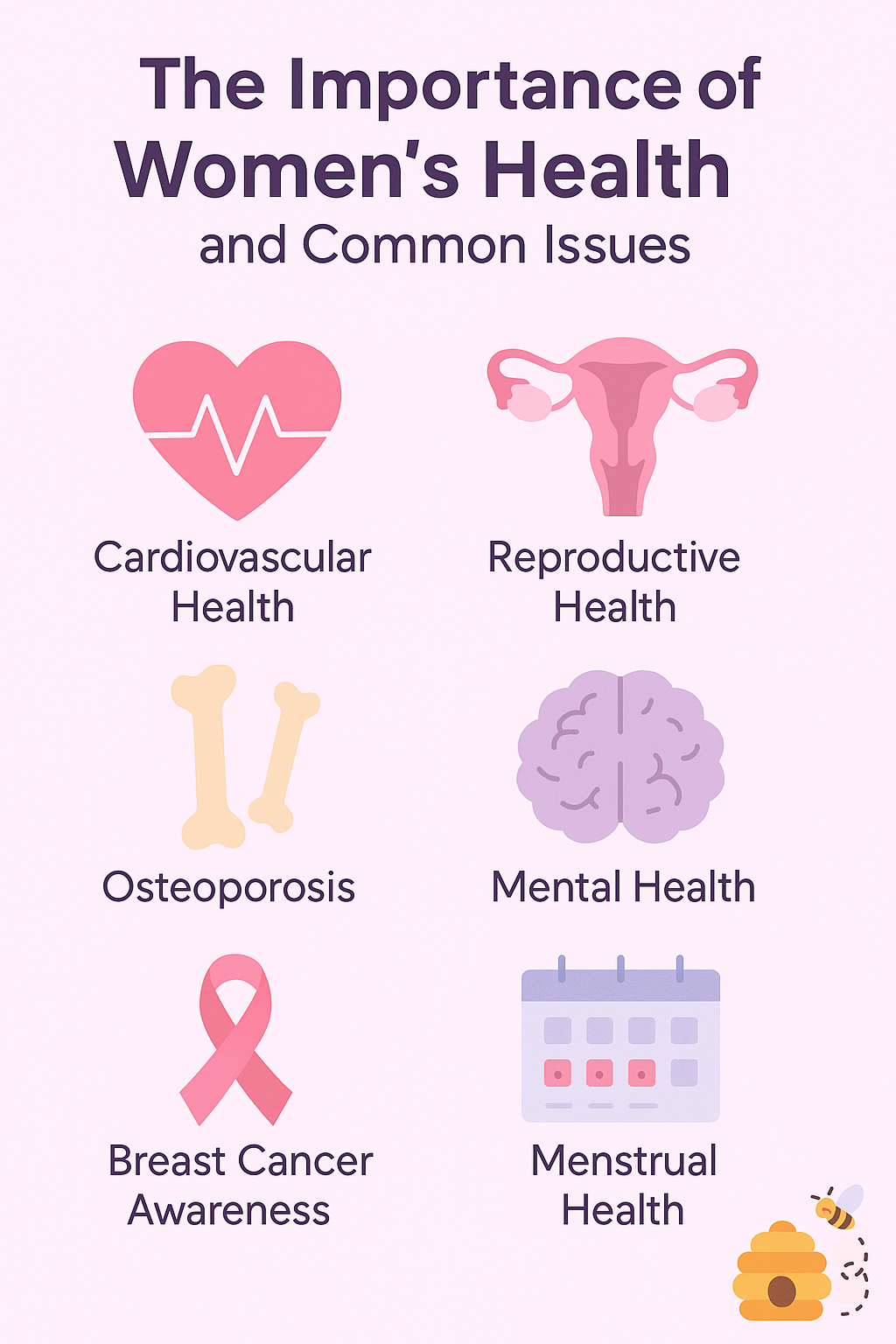
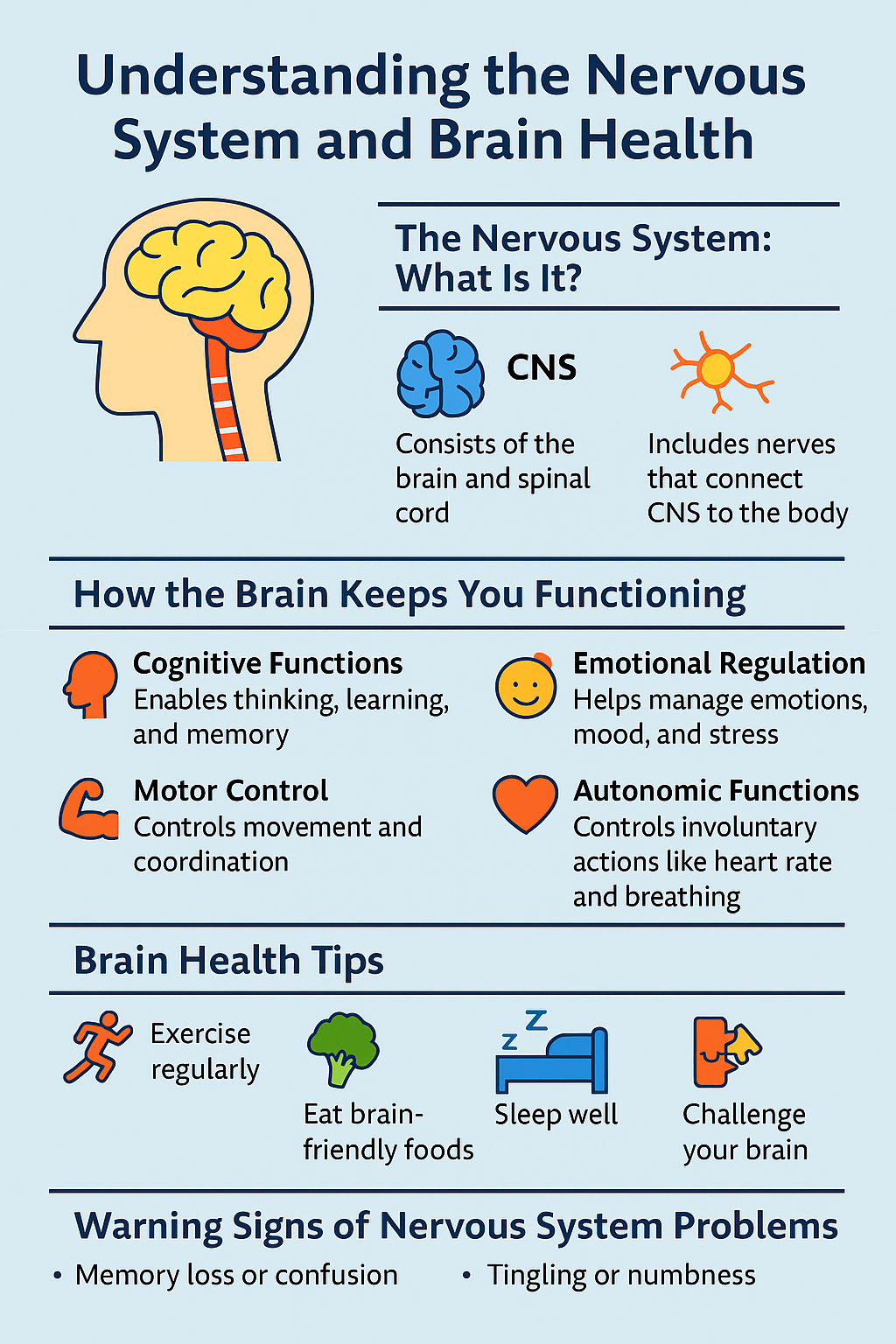
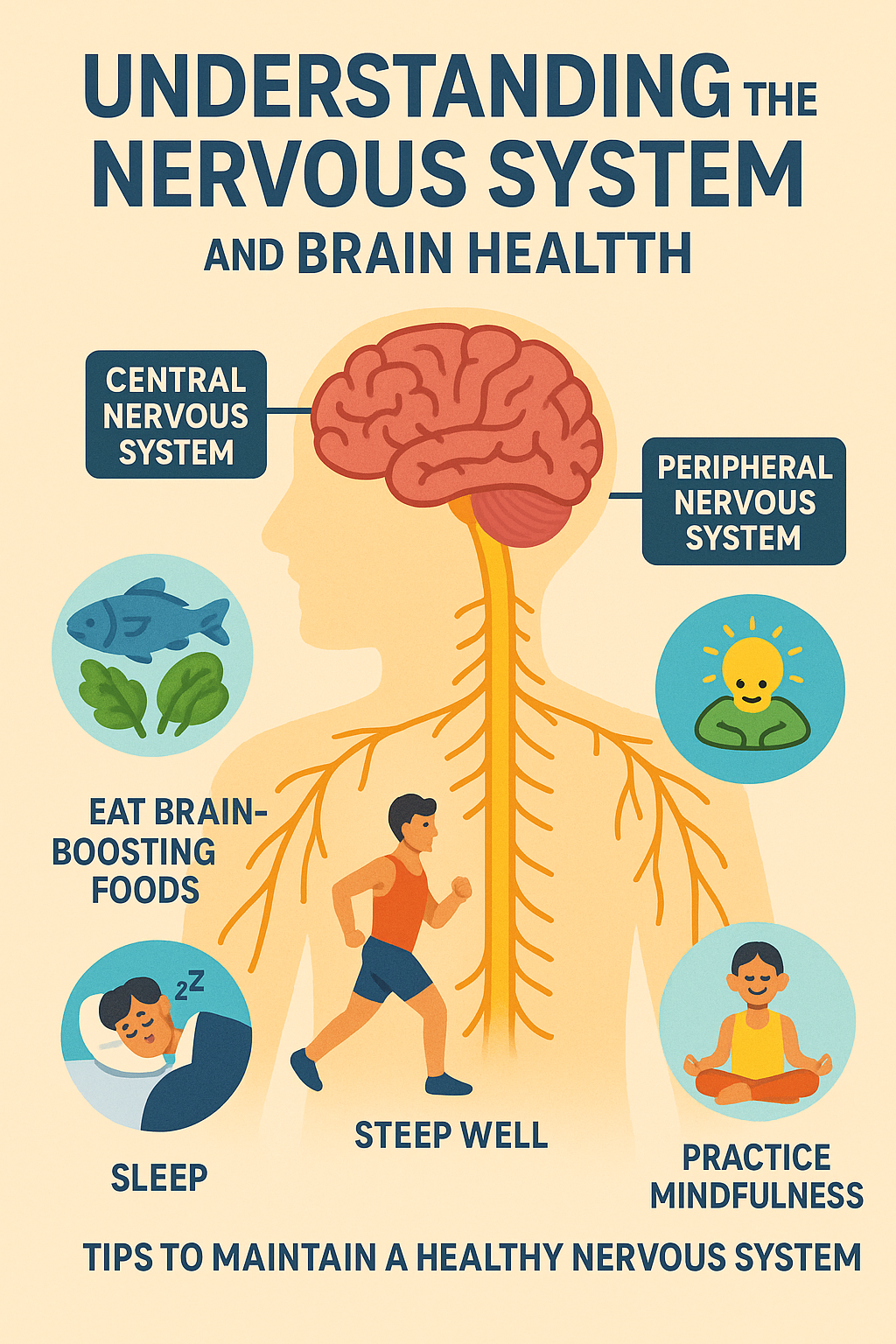
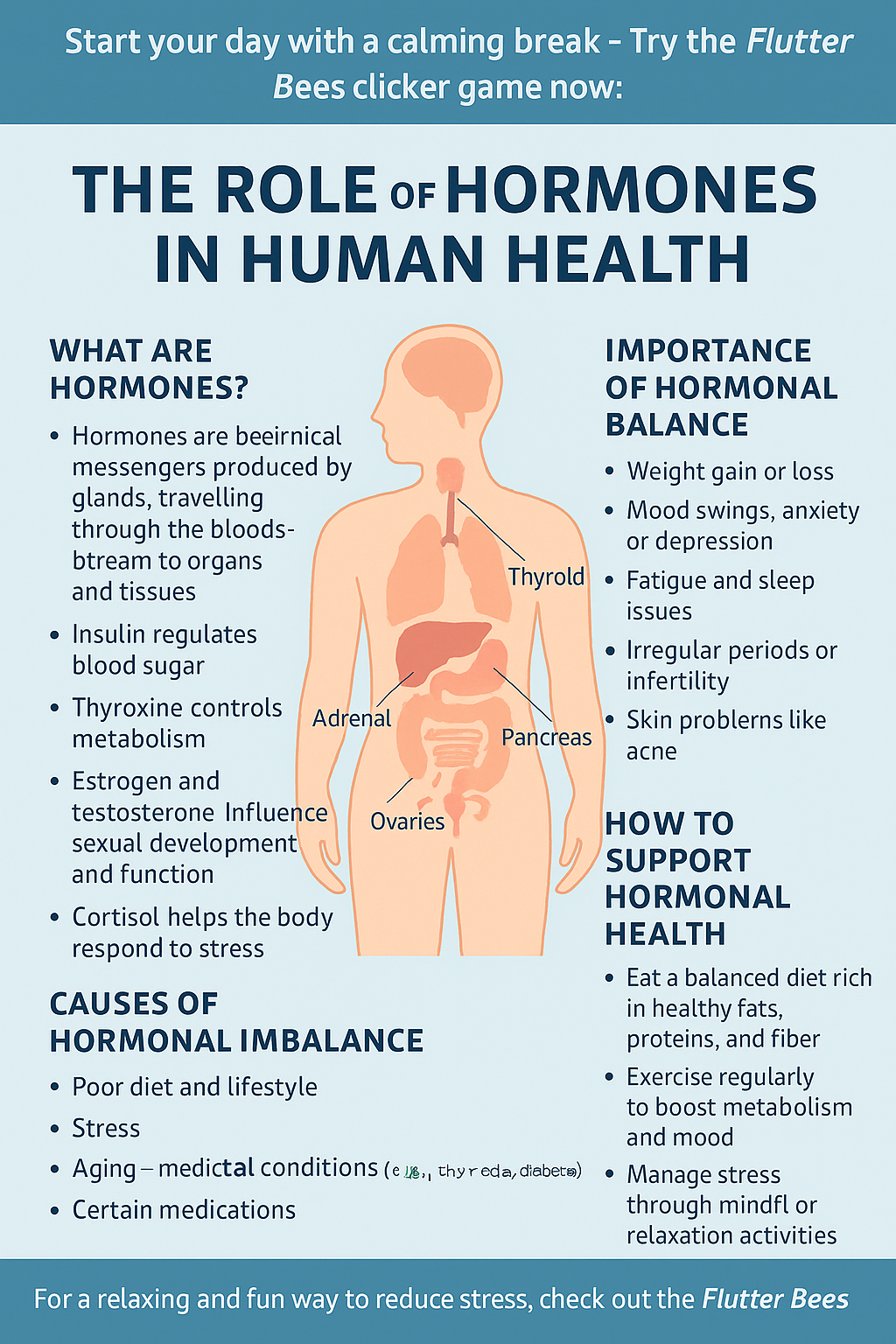
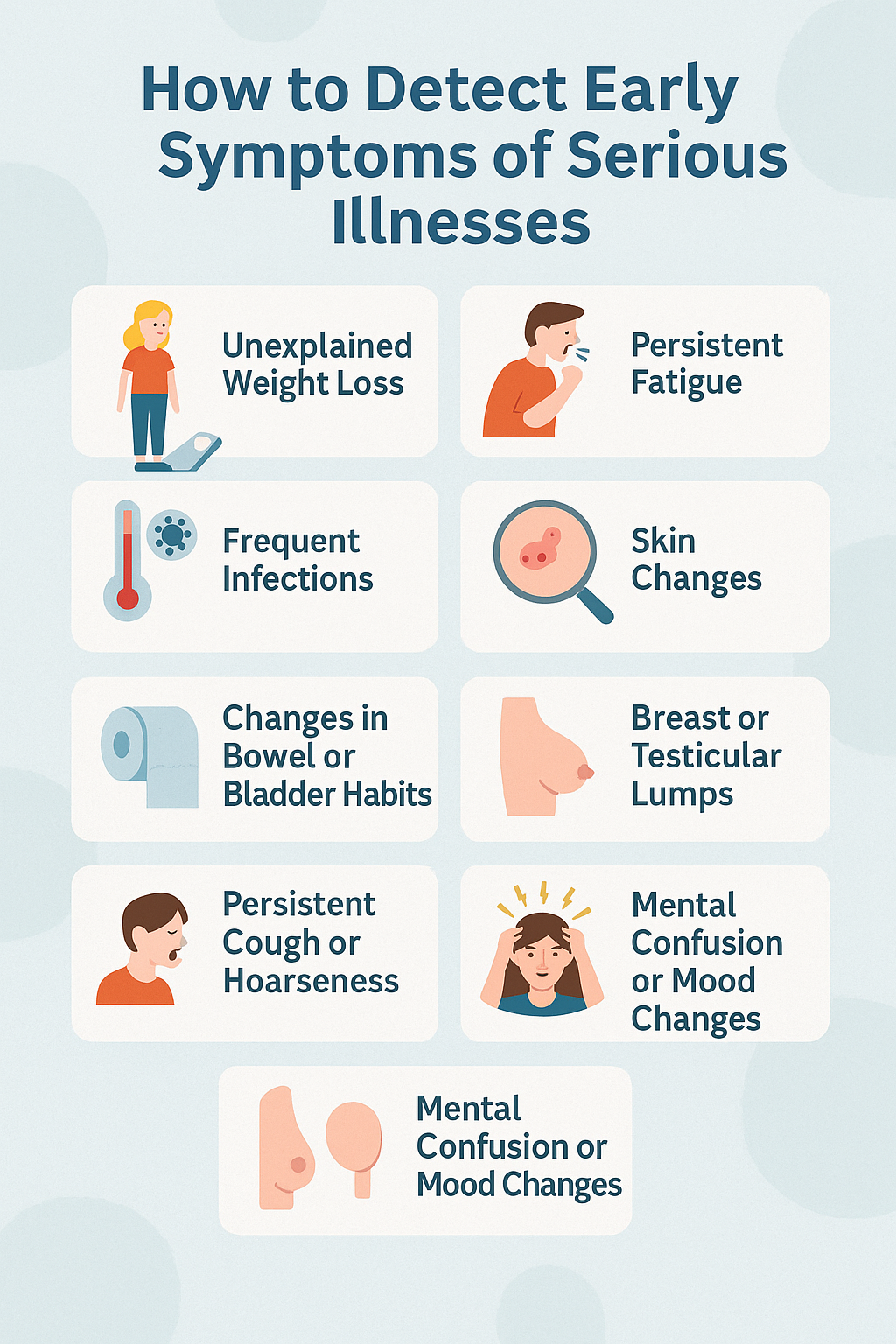
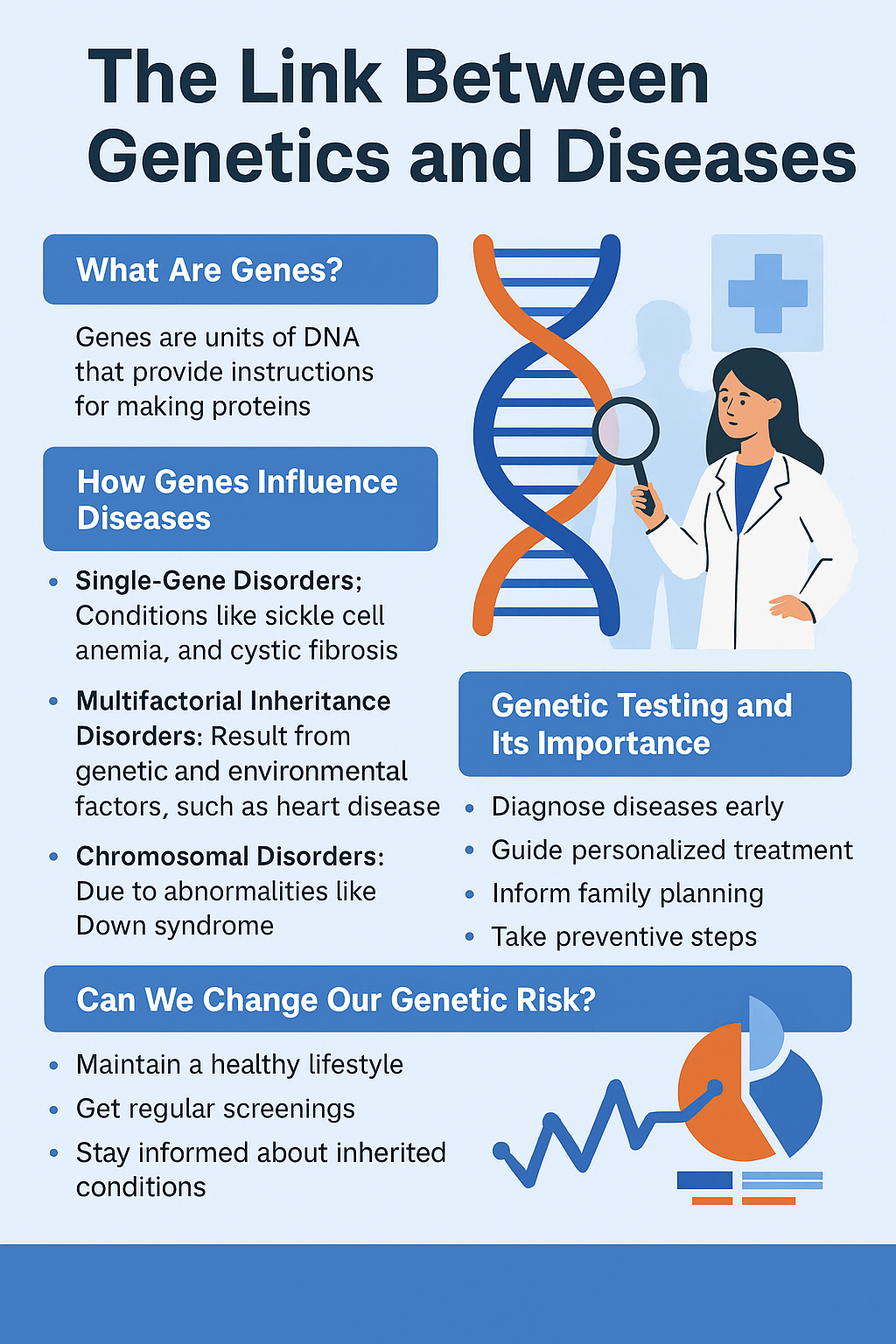
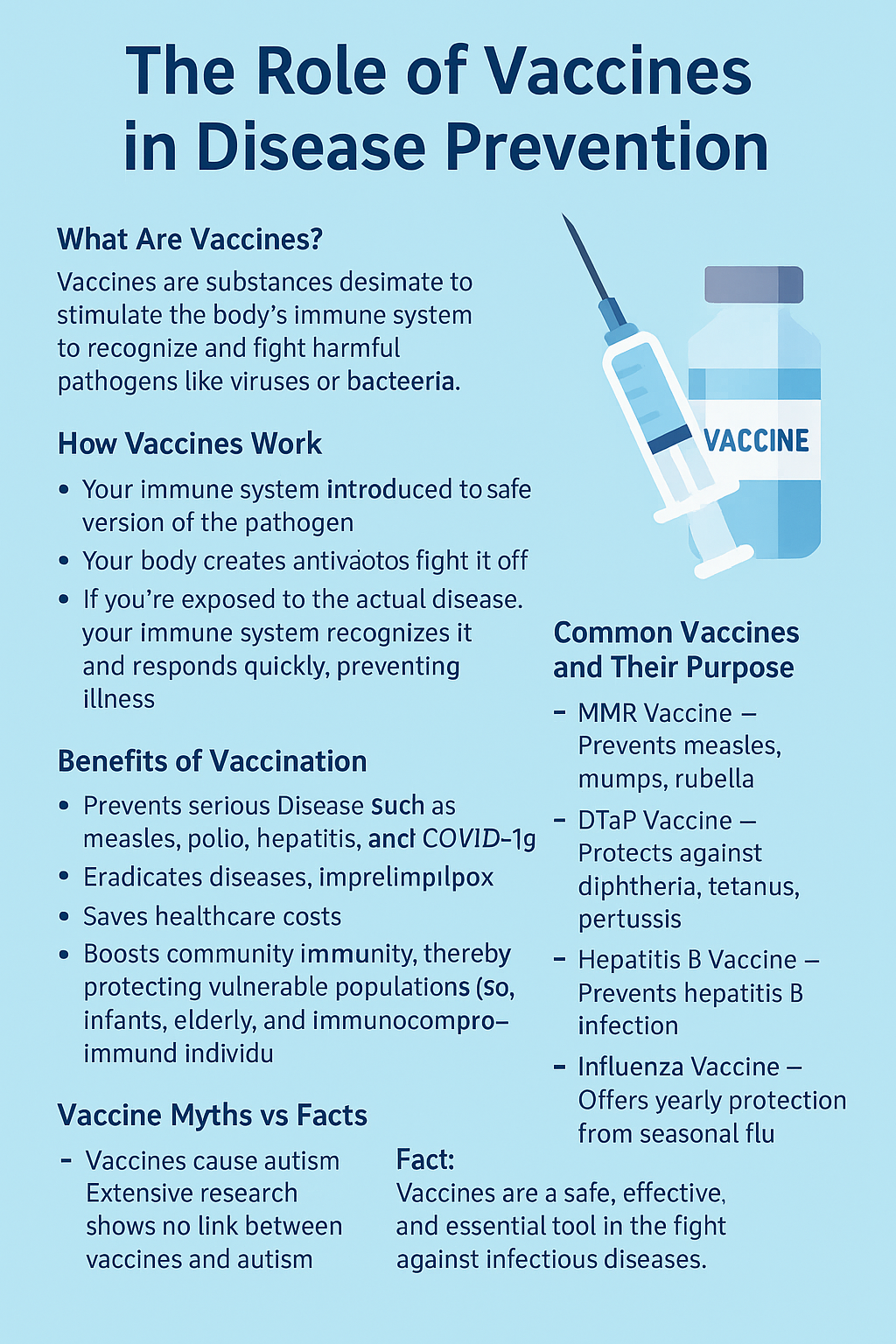

Leave a Reply